It’s been suggested that the forecast for Gov. Jay Inslee’s climate agenda became cloudier once the Nov. 4 election results showed our Majority Coalition Caucus will continue to lead the state Senate for the remainder of Inslee’s term.
Given how the governor seems willing to gamble the health of our state’s economy on making Washington “greener” than it already is, I can live with the thought that our Senate majority represents the best hope for the hard-working families and employers across our state.
Inslee’s attempt to build a case for further limiting our state’s carbon production began when he took office. He started with a bipartisan group of legislators, until some questioned the effect his ideas could have on family budgets and jobs. Inslee disbanded the group and began suggesting his environmental policies would be best implemented not through laws but by decree.
This past April, just after lawmakers adjourned for the year, Inslee issued an executive order regarding carbon. Not a workable plan, just an order.
Because carbon is seen as the primary cause of climate change, and motor vehicles are the primary source of carbon emissions, the governor is looking to have Washington follow California toward a low-carbon fuel standard — basically, to require a new motor-fuel formula that reduces carbon emissions.
No less than 50 companies (in other states) have been competing to develop such a fuel. The strongest candidate is a non-food-based ethanol product called cellulosic biofuel. In a sort of “if I declare a cap on carbon production, they will come” way, Inslee apparently foresees three cellulosic-biofuel plants being built in Washington.
The trouble is, $3.3 billion in research grants and over $1.9 billion in other investments have yet to make cellulosic biofuel commercially viable. The huge startup costs required have caused 22 firms to go under already.
Even if a cellulosic-biofuel breakthrough occurs, there’s another gamble: the cost of this low-carbon fuel to families and employers. Researchers, including the governor’s, agree you and I will pay more at the pump. By how much no one knows, but predictions run from 2 cents to more than a dollar extra. And, it’s interesting to note that the 2-cent possibility only came after two other governor-requested studies’ projections were much higher. Considering the average Washington motorist purchases more than 395 gallons of fuel annually, doesn’t Inslee owe the people a more precise estimate?
Ours is a scientifically literate state, Inslee said recently, and I agree. The people of our state, however, also value financial literacy from their government — meaning sensible decisions that use tax dollars prudently.
In 2003, the Legislature authorized 10 years’ worth of transportation improvements, to be paid for with a 5-cent increase in the state gas tax. It was easy for motorists to connect the 158 projects in the so-called “nickel package” to the $20 or so extra that it cost them at the pump each year.
In comparison, where are the safer interchanges, or new ferry, that would result from the higher fuel prices brought on by a low-carbon fuel standard? Does the governor truly believe families and employers can afford to and will gladly shell out perhaps a dollar per gallon more for fuel, when our state’s carbon emissions already rank eighth-lowest per capita among the states and represent less than a quarter of 1 percent of the world’s total output?
We all want to enhance the environment, and I believe the discussion in Olympia on carbon-related policies needs to continue, but it’s too soon to be placing bets. First, the hard-working families and employers in all corners of Washington deserve to see the cards in Inslee’s hand, and have an opportunity to weigh in with their legislators regarding the risks a low-carbon fuel approach would represent to their jobs and budgets. Our Senate majority is in the best position to make that happen, and lead the way toward solutions that are workable rather than merely ideological.










